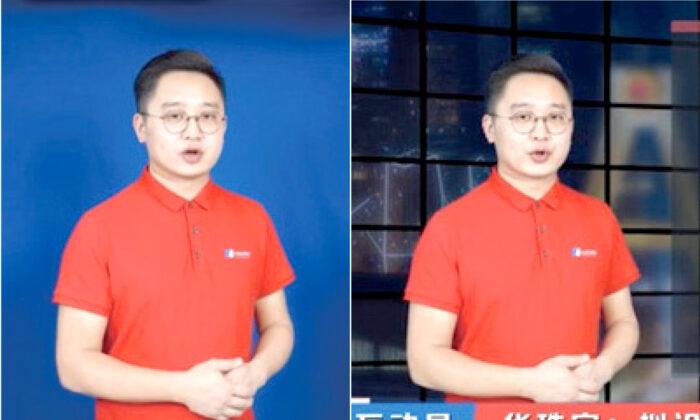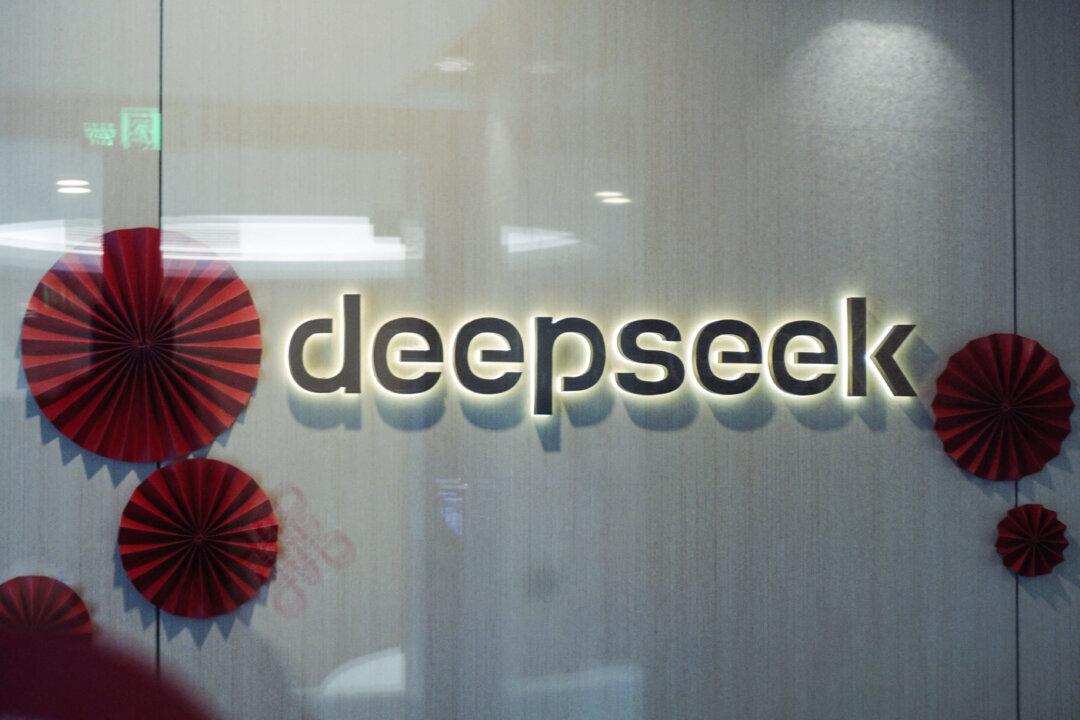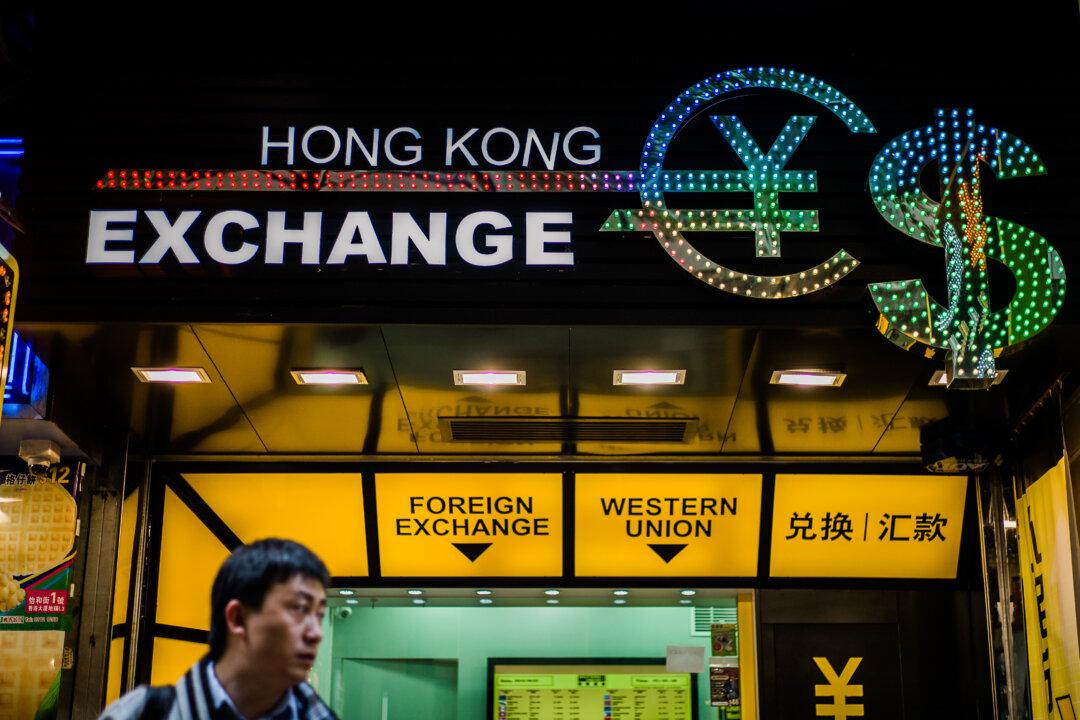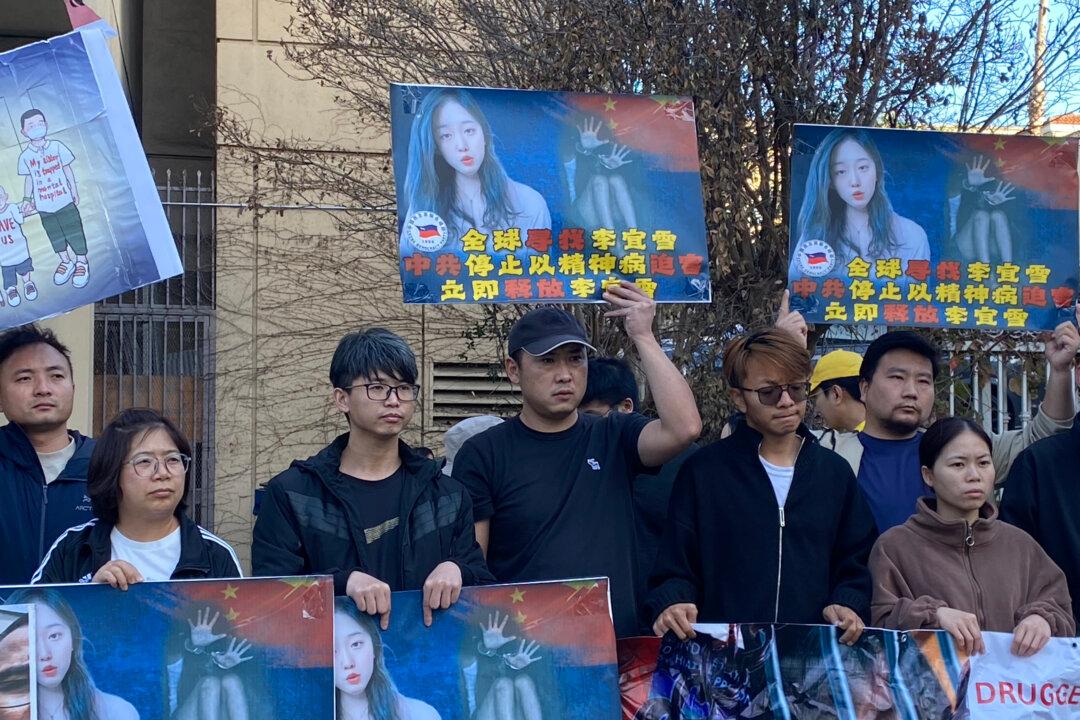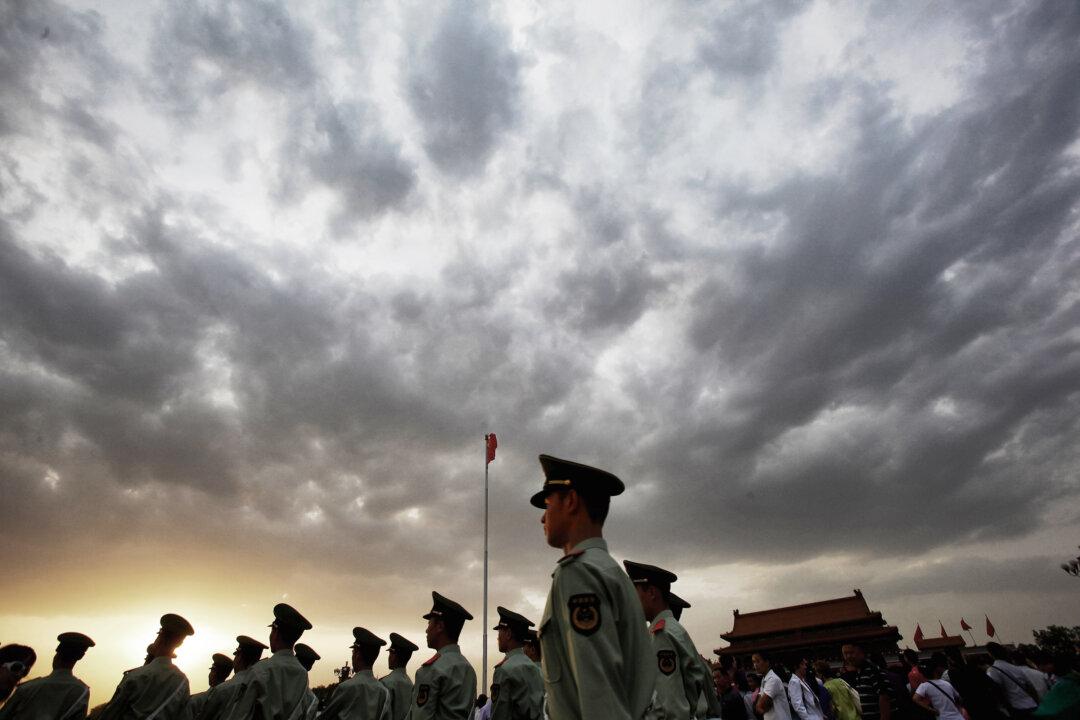“Hello everyone, I am the artificial intelligence news anchor on National Business Daily. I am the virtual twin of the original host. I have been running—reporting the news—undetected for 70 days now,” an AI (artificial intelligence) news anchor named N Xiaohei revealed to Chinese television viewers on Dec. 20, 2021, after 1,700 hours of a continuous live news broadcast.
The same day, Chinese state-controlled media outlet National Business Daily (NBD) and AI company Xiaoice jointly announced the official launch of their collaborative live news broadcasting TV program run entirely by AI—the first of its kind.
The TV program, “AI Business Daily,” will broadcast financial news 24 hours a day, seven days a week, hosted by two AI news anchors—named N Xiaohei and N Xiaobai—and technically supported by Xiaoice.
N Xiaohei and N Xiaobai are virtual replicas of two real-life news anchors—a man and a woman. The Xiaoice Framework uses data collected from the two human anchors to train the AI models. Meanwhile, Xiaoice Neural Rendering technology makes the virtual humans’ facial expressions and body movements look real and natural.
While AI anchors have appeared on China’s TV programs in the past, they could be identified immediately. Since the test launch of AI Business Daily on Oct. 11, 2021, N Xiaohei’s account on Douyin—the Chinese version of TikTok—has accumulated more than 3 million fans, even with the real person not appearing on air for 70 days. Xiaoice, in collaboration with NBD, has the ability to develop virtual replicas that are almost indistinguishable from real humans through advanced AI learning and rendering technologies, according to the Chinese state-run Xinhua News Agency.
According to the report, Xiaoice Framework’s small-sample learning technology allowed the two virtual anchors to complete their training cycle in one week. Chinese business commentator Zeng Xiangling said that while long training cycles were needed to train AIs in the past, short training cycles significantly reduced the high cost of developing AIs.
Not only that, the Xiaoice Framework’s technical driver makes the end-to-end automation on AI possible, enabling the AI to collect, edit, and broadcast financial news by itself. From reading financial information, generating text and graphs, and synchronizing with the pre-trained virtual anchor, the AI can broadcast a complete live video on the network without any human assistance.
“The era of an unwearied, safe, and reliable AI Being has arrived,” Xiaoice CEO Li Di said. “It is going to provide a steady news output.”
According to an NBD report, AI news anchors are modeled using deep learning neural network technology, enabling them to broadcast in Mandarin, English, and other languages. The advanced AI technology is now being used to upgrade and transform the Chinese media industry as well as its film industry. Since the success of the AI Business Daily program, each NBD news channel will fully collaborate with Xiaoice to create AI TV programs.
Xiaoice, or “Little Ice,” is an AI system developed by Microsoft Asia in 2014. The company was formerly known as the AI Xiaoice Team of Microsoft Software Technology Center Asia. It’s Microsoft’s biggest independent AI research and development team. In July 2020, Microsoft spun off the Xiaoice business into a separate company, allowing it to operate as an independent entity in China and other Asian countries. The Xiaoice Framework is one of the world’s complete artificial intelligence frameworks, with the largest AI interactions globally.
Xiaoice’s Li said in October 2021 that a large number of AI subjects were created in the previous two years and that the number would rapidly expand. He expects AIs to eventually outnumber the human population, while incorporating diversity and individual customization.
AI Risks
Artificial intelligence doesn’t need to eat or sleep, nor does it get sick or need overtime pay, and now it can actively generate news content. However, many are also very concerned about the rapid development of AI.Artificial intelligence has far surpassed humans in terms of calculation methods, performance, and learning ability, Mr. Wang, a 20-year IT industry expert in Japan, told The Epoch Times. But the biggest problem is that it has no ethics, morals, or personal values, he said; in the wrong person’s hands, AI technology could be devastating to mankind.
The current robotics technology is also very advanced. Some robots can even surpass humans or animals in many physical activities. Once AIs are given the ability to act physically, humans may not have the power to resist, granting the people in control of the AIs the ability to do whatever they desire, Wang said.
Senior media professional Shi Shan told The Epoch Times that the Chinese regime has no bottom line for fraud.
Big Data
Big data is the key to AI research and development: the more relevant data, the better the AI is trained. While rapidly developing its own artificial intelligence, the CCP deliberately limits the flow of Chinese data abroad.China uses its massive population for gathering and developing its local AI technology. Tang Bohua, a patent examiner in the U.S. Patent and Trademark Office, told the Chinese edition of The Epoch Times that the CCP’s lack of regard for human rights and privacy opens up a huge data set for them, while the United States’ respect for these rights keeps data sets incomplete.
A Strategic Priority
The CCP has prioritized AI development in recent years, making it a “key national development strategy.” It has mandated AI into many aspects of ordinary life, not only to surveil and control its people but also to use its massive population to spur development.To bolster the rapid development of AI, the CCP has issued a number of supporting policies and regulations, including its Made in China 2025 plan.
In 2017, the State Council issued its New Generation Artificial Intelligence Development Plan, emphasizing the significance of AI in helping the government understand and control society.
“Artificial intelligence technology can accurately perceive, predict, and early-warn the major trends of society. [It can] grasp people’s cognition and psychological changes and proactively decide the responses. [This technology] will significantly improve the ability and level of social governance. It is irreplaceable for effectively maintaining social stability,” according to the plan.
“It will have a profound impact on government management, economic security, social stability, and global governance.”
Hong Kong finance and economics columnist Alexander Liao says the CCP believes the emerging technology revolution—artificial intelligence—can revitalize the authoritarian system, which was on the verge of collapse.
In 2013, the CCP proposed the Modernization of National Governance System and Governance Capacity plan and adopted it five years later at its 2019 plenary. According to Xinhua News Agency, the project is “a series of institutional arrangements aimed to make China’s governance system increasingly complete, scientifically standardized, and operate more effectively.”
In 2014, the CCP launched its social credit system, which links the social behavior of all ordinary citizens with a large-scale monitoring system in mainland China. The system uses facial recognition and big data analysis technology to enact social control on a mass scale.
Liao said, “All measures of ‘modernization of governance’ are the basis for strengthening the CCP’s authoritarian rule to ultimately achieving totalitarian control, and everything is rooted in artificial intelligence.”
